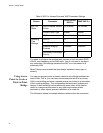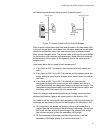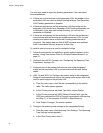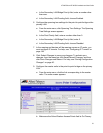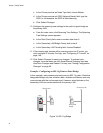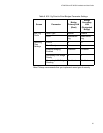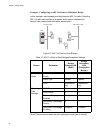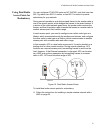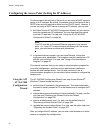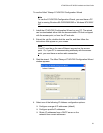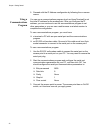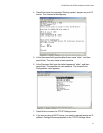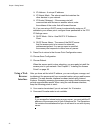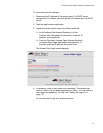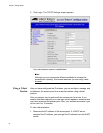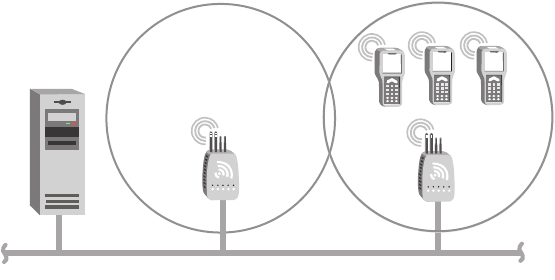
AT-WA7500 and AT-WA7501 Installation and User’s Guide
37
Using Dual Radio
Access Points for
Redundancy
You can configure AT-WA7500 units and AT-WA7501 units that have two
802.11g radios, two 802.11b radios, or two 802.11a radios to provide
redundancy for your network.
During normal operations, end devices send frames to the master radio in
one of the access points, which bridges the frames to the wired network. If
a section of the wired network goes down, the master radio receives the
frames, and then the station radio forwards the frames to a master radio in
another access point that is within range.
In each access point, you need to configure one radio’s node type as a
Master, which communicates with the wireless end devices, and configure
the other radio’s node type as a Station, which communicates to another
access point with a master radio and within range.
In this example, AP3 is a dual radio access point. It may be located on a
loading dock or other remote location. During normal operations, AP3
functions as a normal access point, transmitting frames to and from the
host. However, if the Ethernet connection is disrupted, AP3 can function
as a WAP and continue operations by transmitting frames to a master
radio in AP1. AP3 must be within range of AP1.
Figure 16. Dual Radio Access Points
To install dual radio access points for redundancy
Follow the instructions for installing a simple wireless network with a
WAP on page 25.
Ethernet
AP1 AP3
Host




